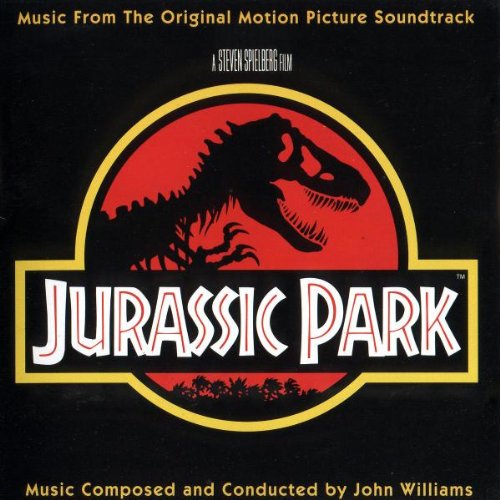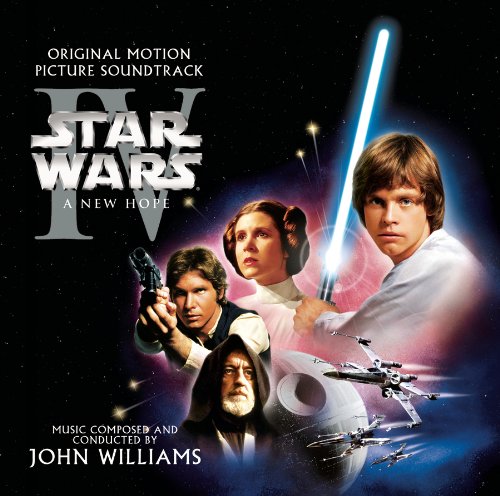
John Williams
The Raiders March (From Raiders of the Lost Ark)
John Williams Week // By AJ / 23 November, 2014
Anyone who knows me would’ve known that this piece would close out our week of John Williams music. The quintessential theme to the quintessential film, The Raiders March is a glorious and aurally stupendous composition that perfectly captures the dynamism and vitality of the 1930s adventure serials that Spielberg was emulating.
The theme is every bit as iconic as Indiana’s fedora and whip, and bustling with their aura of allure and grandeur. It paints the portrait of a rugged hero much in the same way that the Superman theme does, only without the camp – spirited, determined, and with a fierceness that in no way diminishes its warmth. To say that this theme (and soundtrack) is perfectly matched to its subject is a truly colossal understatement, as I’ve still yet to come across a composition and film as beautifully paired together as this.










